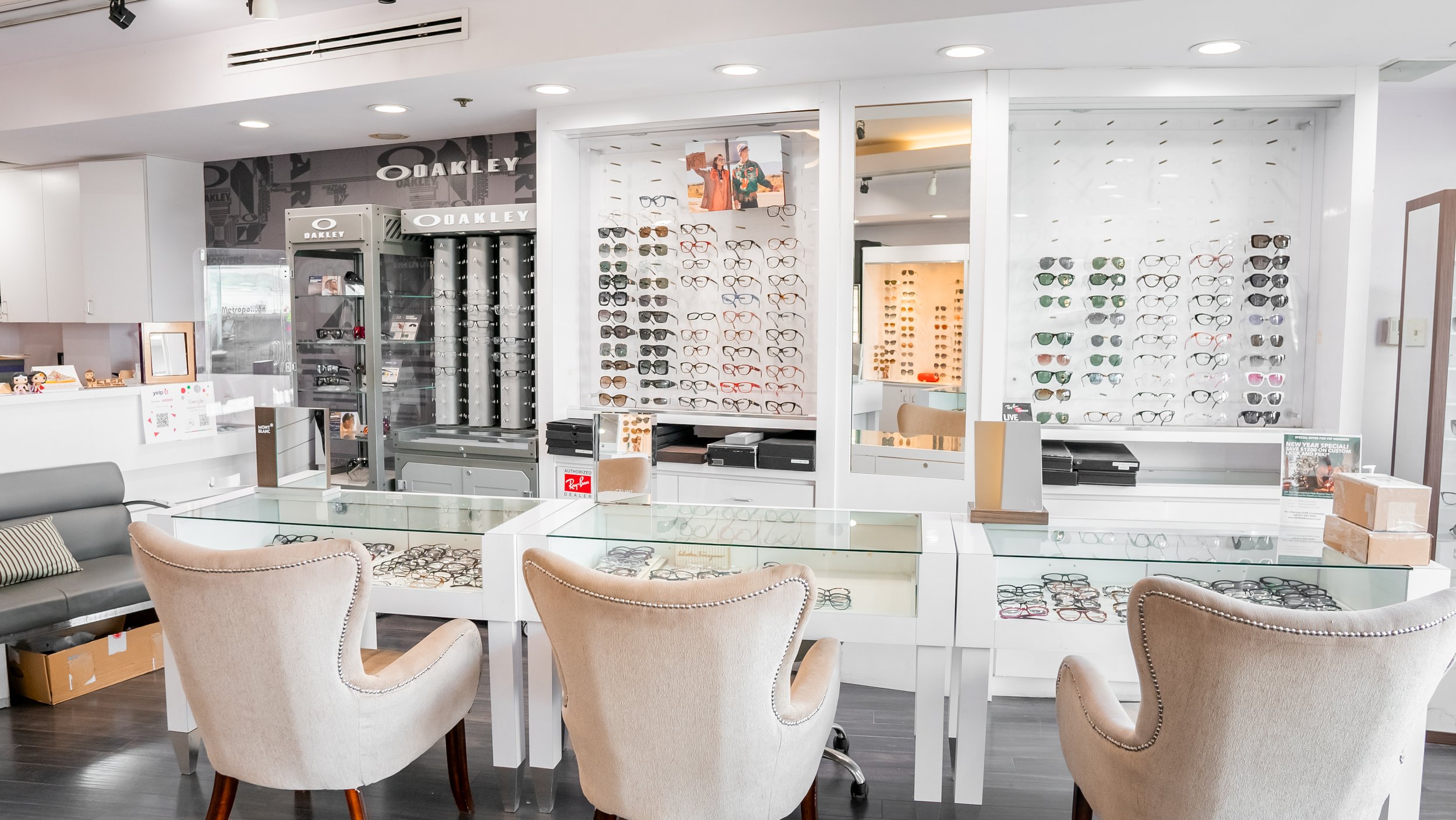
Blogs
Orthokeratology Age Limit: Safe for Kids?
Orthokeratology, also known as Ortho-K, offers a revolutionary approach to vision correction for people of all ages, enabling clear vision without the need for glasses or contact lenses during the day. Although there is no strict age limit, Ortho-K is typically recommended for patients aged six and up, making it suitable for both children and adults pursuing myopia control and vision enhancement.
Myopia (Childhood): Can it be Cured?
Childhood myopia, a growing concern affecting more children than ever, is characterized by blurry vision for distant objects. Myopia occurs when a child's eyeball is too long, or the cornea is too steeply curved, causing light rays to fall short of the retina. Both genetic and environmental factors, such as limited outdoor time and increased screen use, can trigger myopia development.
Step-by-Step: How to Prevent Eye Dryness
Preventing eye dryness is vital for maintaining excellent eye health, and Metropolitan Optometry in Rowland Heights, CA, offers expert guidance on this topic. To combat dry eyes, it's essential to avoid air blowing directly into your eyes, wear protective eyewear, and take regular breaks during long tasks, especially when using screens.
How to Prevent Computer Eye Strain (Works for Phones Too)
Discover effective strategies to prevent computer eye strain and protect your vision in our digital age. Metropolitan Optometry in Rowland Heights, CA, offers expert advice on maintaining healthy eyes while using digital devices. The blog post covers essential tips like practising the 20/20/20 rule, adjusting screen brightness, and using blue light filters.
What Causes Myopia in the Eye? (Nearsightedness)
Myopia, commonly known as nearsightedness, affects millions worldwide, causing distant objects to appear blurry while close objects remain clear. This refractive error occurs when light rays focus in front of the retina instead of directly on it, often due to an elongated eyeball or an overly curved cornea.







